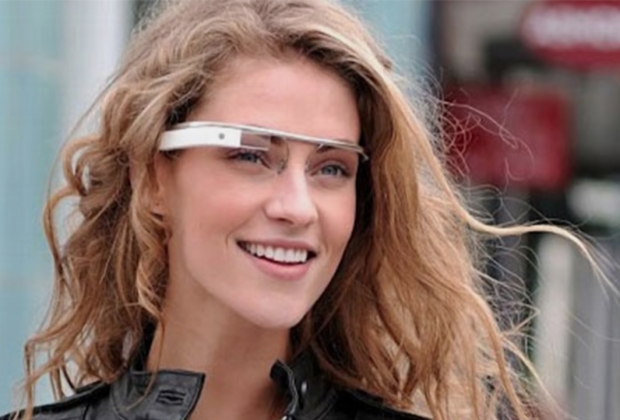Obviously predictions about wearables from a maker of wearables have to be a bit suspect, but Brian Ballard, CEO, APX Labs did have some interesting things to day.
Apparently last year, under the radar of many, 2015 was the year of the enterprise for wearables.
"The first wave of companies jumped in and are well into their initial deployments. We saw it in many industries and for many different types of jobs. In 2016, wearable tech will explode as these deployments spread and as new businesses recognize the unique value that wearables bring to their hands-on operations. Also in 2016 we see a critical new variable in the equation – wearables will provide the missing link to connect the Industrial Internet of Things," Ballard said.
His first prediction is that 2016 will “bring the slow motion collision of the Internet of Things (IoT) and Wearables. He said that at the moment the Internet of Things (IoT) and wearable technology are different industries, but with similar technologies, use-cases and ecosystem players. Both are growing rapidly in industrial enterprises and in 2016 we will see top businesses create a single, connected enterprise fabric of people and machines formed by the collision of wearables and IoT.
"We project that 18 percent of industrial companies will implement a combined solution involving smart glasses and/or smart watches tied to live data feeds from IoT sensors and industrial machines in 2016," he said
This year will be the start of the development of smart factories. This will see industry moving to network enabled monitors, smart screwdrivers to connected sensors and real-time analytics.
“Wearable technologies such as smart glasses are the next step, representing the next generation human-machine interface and the key to a truly smart factory by enabling the most efficient delivery of information to the connected workforce,” he said.
He also thinks that wearable devices will jump six-fold in the Enterprise as the business benefits are realized.
“We predict that enterprise deployments will rapidly grow from the dozens to the thousands as wearables reach a greater level of maturity and market acceptance. Overall we predict a six-fold growth in the number of production wearable users in 2016, with a third of that coming from companies getting their first deployments online and two thirds of that from companies growing and expanding their use cases,” Ballard said.
He said that wearables have been developed using the processors, batteries and components designed for other devices, but this will change in 2016. Manufacturers will design and build components specifically for wearables.
“We predict that wearables will replace the smartphone as the key driver of hardware development in the technology sector,” Ballard said.
You will start to notice that even the simplest thing at work will start to appear with smart tech. Things like safety equipment, to access badges which haven't changed much in the past 30 years will start to do more.
“By next year manufacturing economies of scale have created opportunities to add new embedded technology to just about anything you can think of. Traditional tools are being replaced with digital smart tools like Bluetooth enabled torque wrenches. Uniforms will have embedded sensors that will track movement, position and other key statistics. Workers' badges will serve as smart nodes in a fully connected workplace and contactless smart cards can serve as a combination of location beacon and authentication token. These will work in conjunction with other machines, cameras, sensors and displays to transform the workplace in 2016,” Ballard said.
Apparently next year’s Christmas present will be processed by an employee using Smart Glasses and 1.5 percent of products will be part of a wearables enabled business process – either assembly, logistics or distribution.
The big winner of all this will be Intel, Ballard said. Intel made a significant push into the wearable technology space during the past year by acquiring Recon Instruments and investing nearly $25 million in smart glasses manufacturer Vuzix. The company has publicly acknowledged missing the opportunity to have their chips power the smartphone revolution and has vowed not to miss opportunities to get their technology inside wearables.




